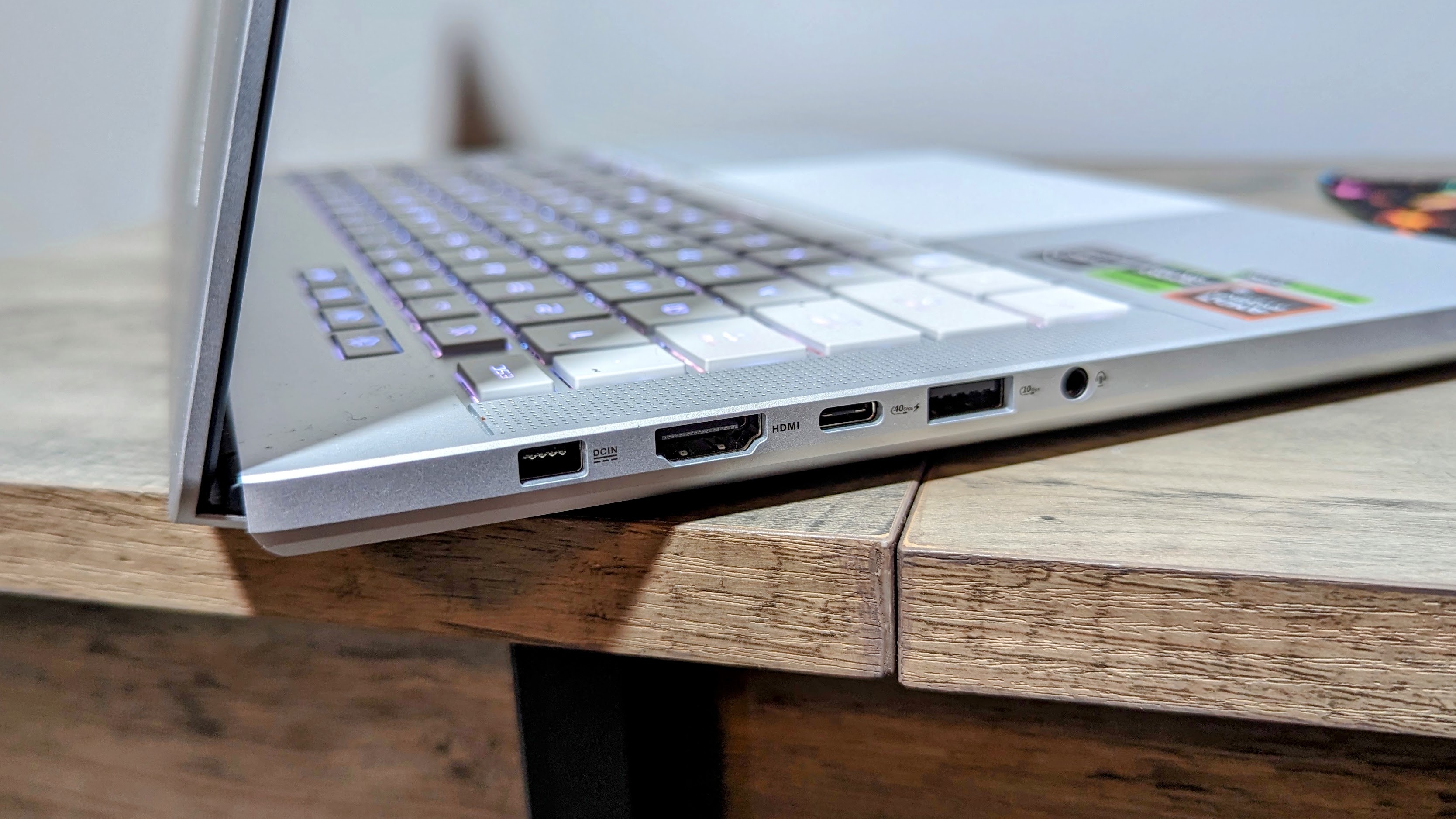
The latest Windows Insider preview build introduces what Microsoft calls “User Interaction-Aware CPU Power Management”, a background feature designed to throttle your processor only when you’re not using it.
In essence, you walk away, and your CPU backs off. You come back, and it’s ready to go. Microsoft is betting that these micro-adjustments will lead to macro savings, especially for laptops and 2-in-1s that rely on battery efficiency to stay competitive.
It might not be a flashy UI update or new Copilot feature, but it might be one of the smartest energy features Windows has introduced in years.
What exactly is User Interaction-Aware CPU Power Management?
It’s a mouthful, but the idea is simple: When you’re not actively touching your PC — no keyboard, mouse, pen, or touchscreen input — Windows shifts the CPU into a lower-power state. The moment you interact again, full performance kicks back in automatically.
Microsoft says it does this by applying a more aggressive processor power management policy than your laptop would normally use during idle time. That includes dropping clock speeds, activating deeper C-states, reducing voltage, and even scaling back high-performance cores in favor of efficiency cores.
The feature is live now in builds 26120.4151 (Beta) and 26200.5603 (Dev) and is expected to ship in Windows 11 25H2, with a possible backport to 24H2 for supported devices. To date, no issues have been reported.
Like low power mode, but with some brains
Traditional power-saving modes don’t always account for how you’re using your device. User Interaction-Aware Power Management adds a layer of context. If you’re watching a movie, for example, the CPU stays active. Running a background encode? It doesn’t interfere. But if your laptop’s sitting open with a dozen browser tabs and no input, that’s when it kicks in.
Sign up to receive The Snapshot, a free special dispatch from Laptop Mag, in your inbox.
In theory, that means longer battery life with no performance trade-offs unless you’re the kind of user who wants to game and walk away at the same time. And if you’re not a fan of how it works, Microsoft says that you can toggle the feature off in your Windows 11 device’s Power & Battery settings.
On paper, this is an easy win. But depending on your workload and your laptop’s OEM settings, there are edge cases to watch out for.
For example, if you’re encoding video or training an AI model in the background without input, you may not want Windows to throttle your CPU just because you walked away.
Microsoft says these scenarios should be excluded, but it will depend heavily on your device and how well your laptop’s manufacturer tunes the feature.
Some users have already flagged concerns in early feedback threads. One Reddit user writes, “If I leave the machine doing a video encode, I really don’t want Windows choosing to make it take longer.”
Another wrote, “Designed and real world [performance] are two different things… how soon it triggers, how long it takes to resume, how third-party software reacts…”.
An ongoing obsession with smarter power control
This move feels like a natural next step in the PC industry’s recent obsession with smarter power control. Between Copilot+ PC requirements, ARM-based laptops, and NPU optimization, battery life is quickly becoming the next competitive spec. Microsoft knows this.
With User Interaction-Aware CPU Power Management, Windows adds a subtle but potentially significant tool to its energy toolbox. For ultrabooks, tablets, and 2-in-1s, especially those with limited cooling headroom, this could be a game-changer.
Don’t be surprised if you see OEMs like Dell or Lenovo marketing this by name in their next-gen laptops.






